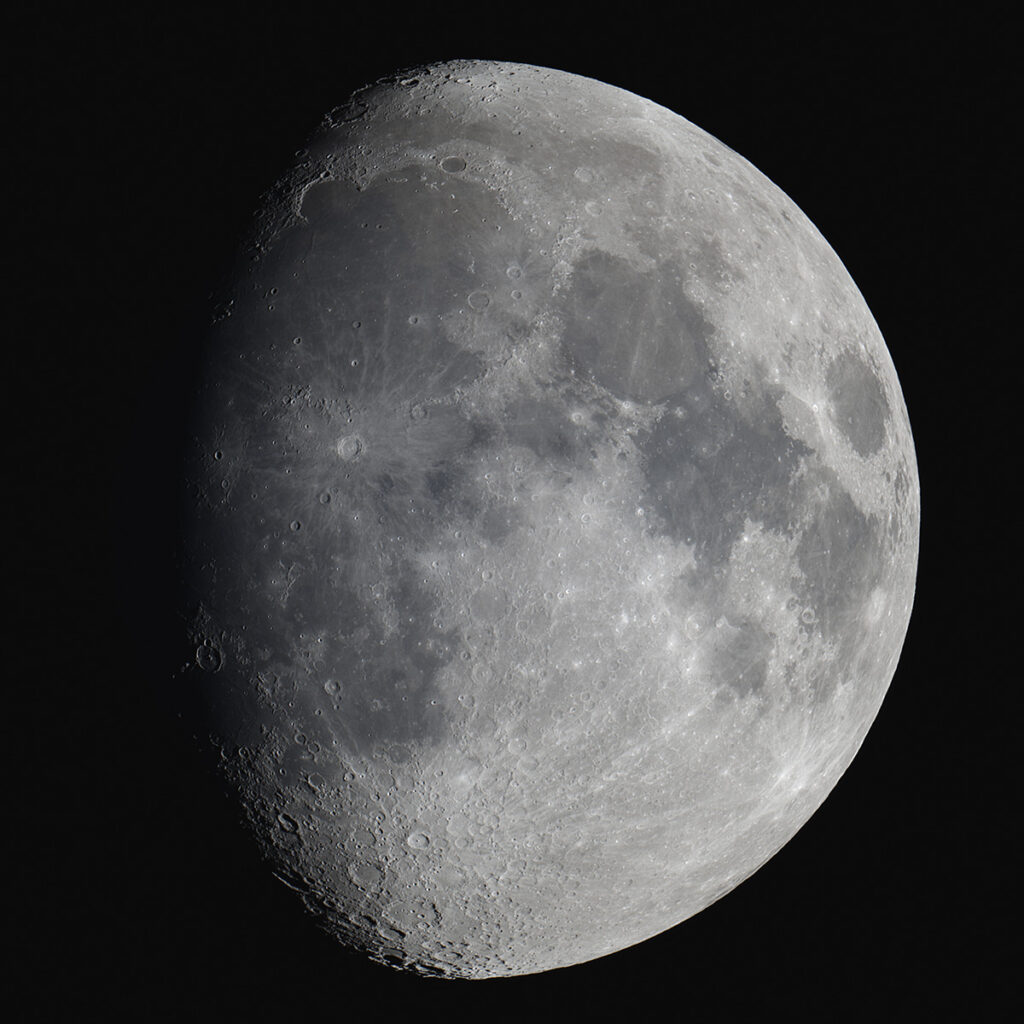
Telescope: Astro-Tech RC8 @ f/8, Orion Atlas EQ-G
Camera: QHY 367c Pro, Baader Mk III MPCC
Filter: GSO IR Blocking Filter
Exposure: 64x15ms, gain 2000, offset 50, 0C, saved as FITS
Seeing: fair, 3/5
White Balance: Nebulosity Automatic
Software: SharpCap Pro, Nebulosity, Registax, Photoshop
This is the first-light image taken with my new to me QHY 367c Pro full-frame camera. As sunset approached I used the moon to provide a rough alignment for the mount, slewed to Vega to set the focus, and then back to the moon to take this image set. Off to a great start!
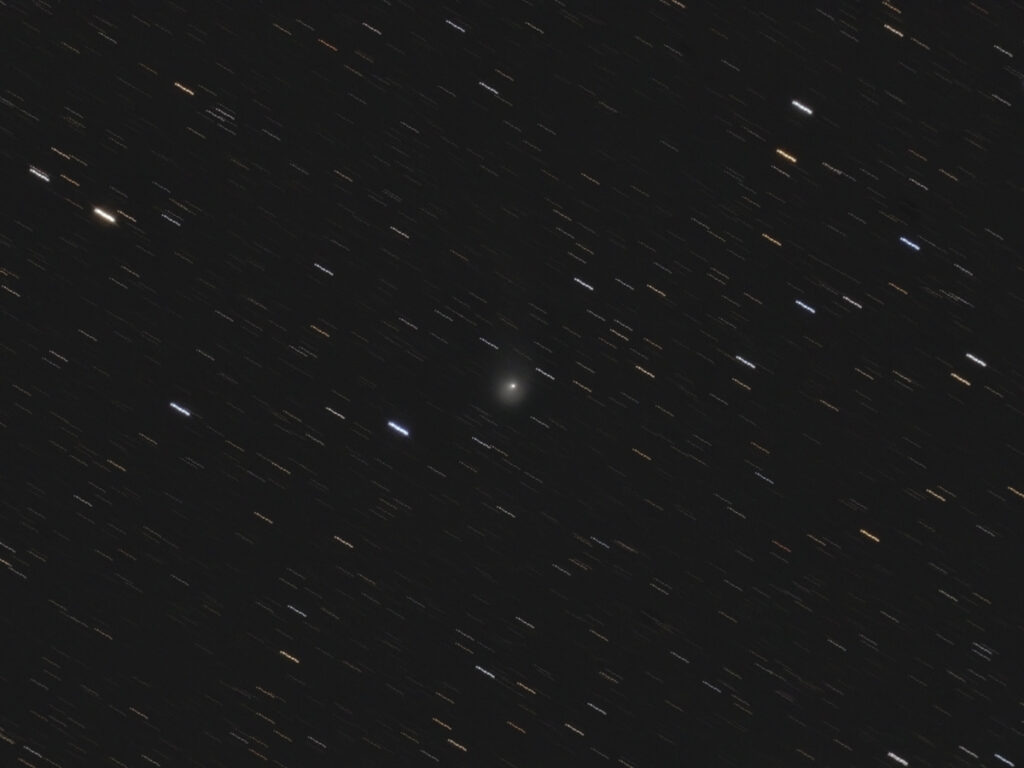
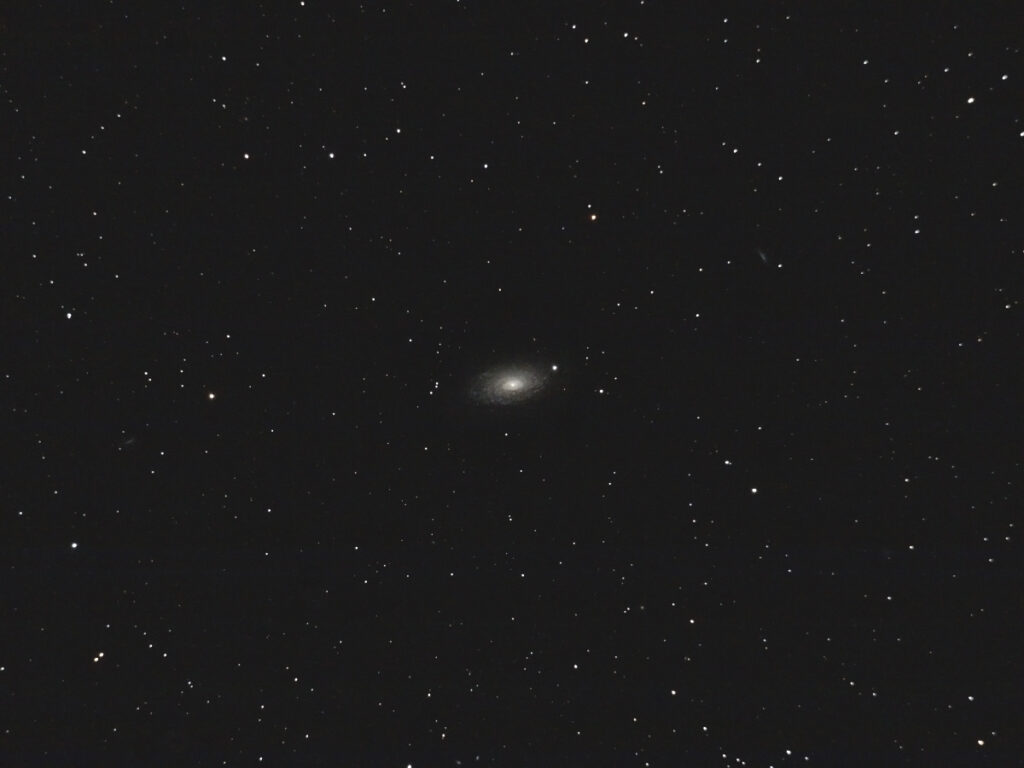
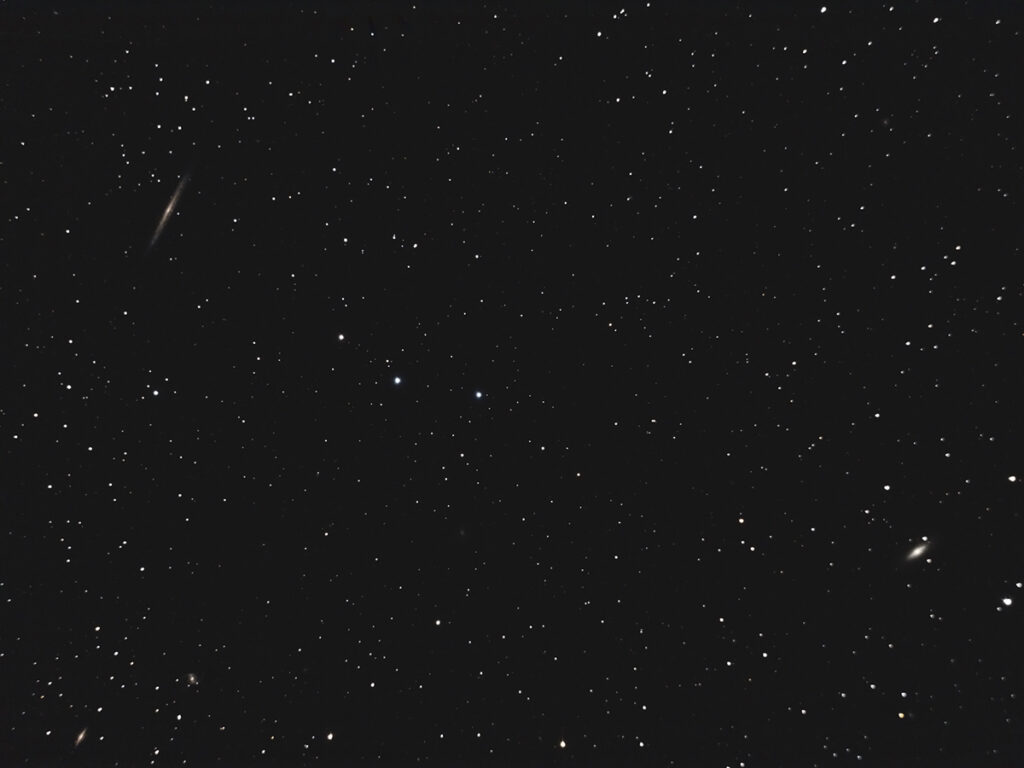
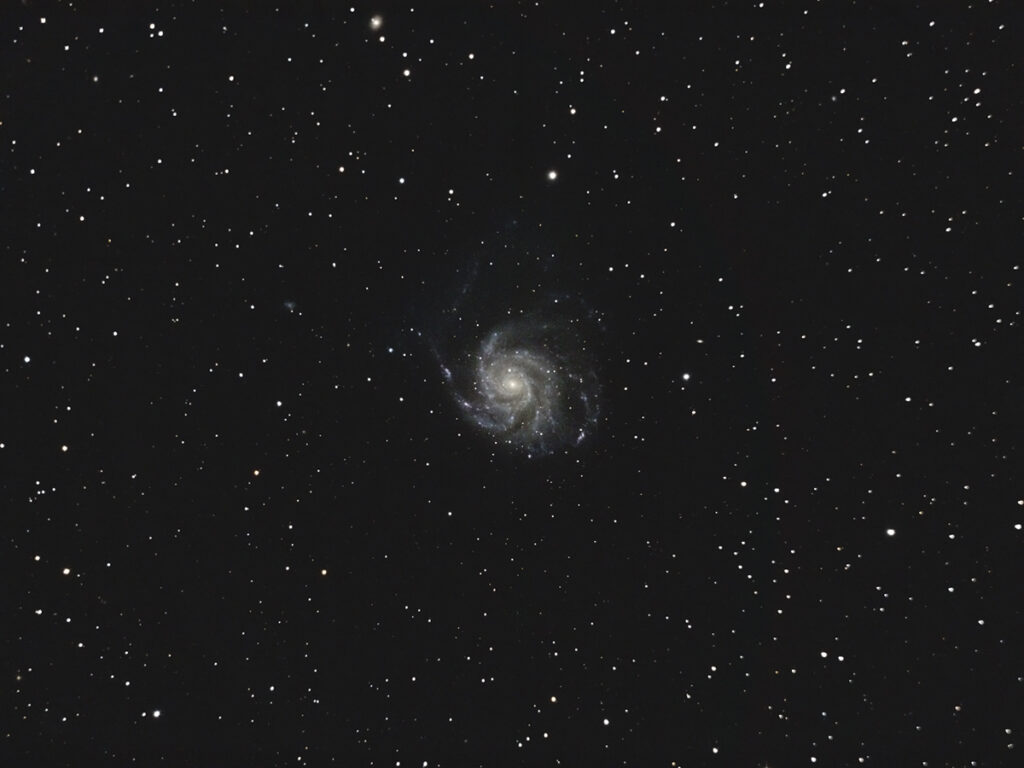
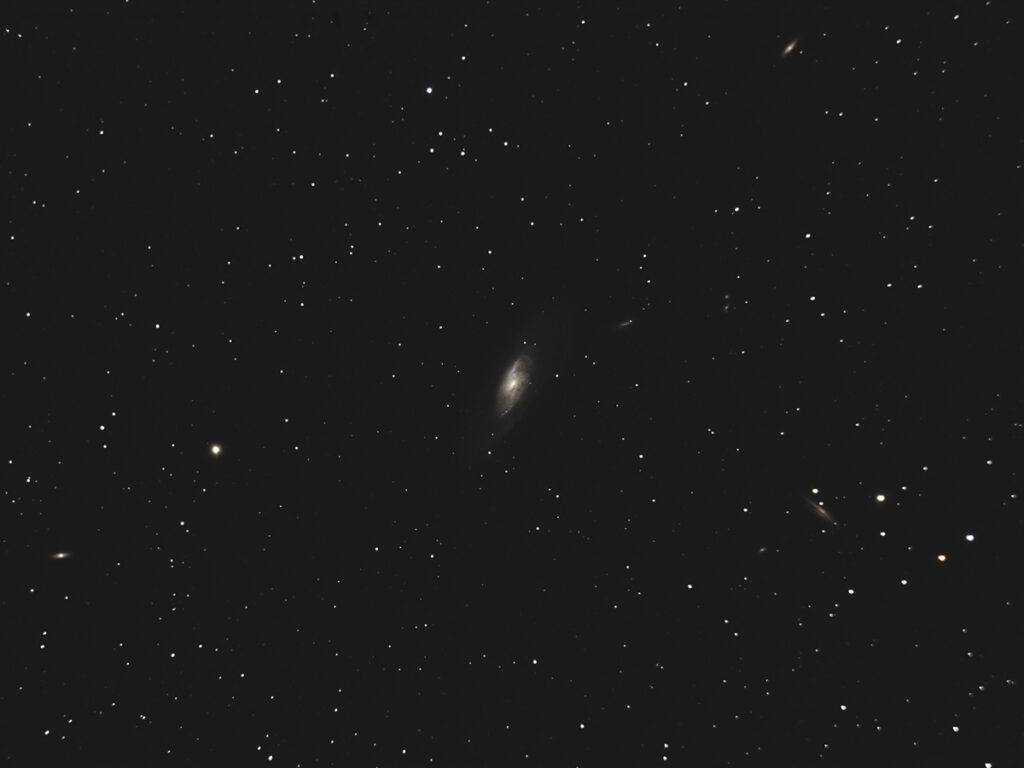
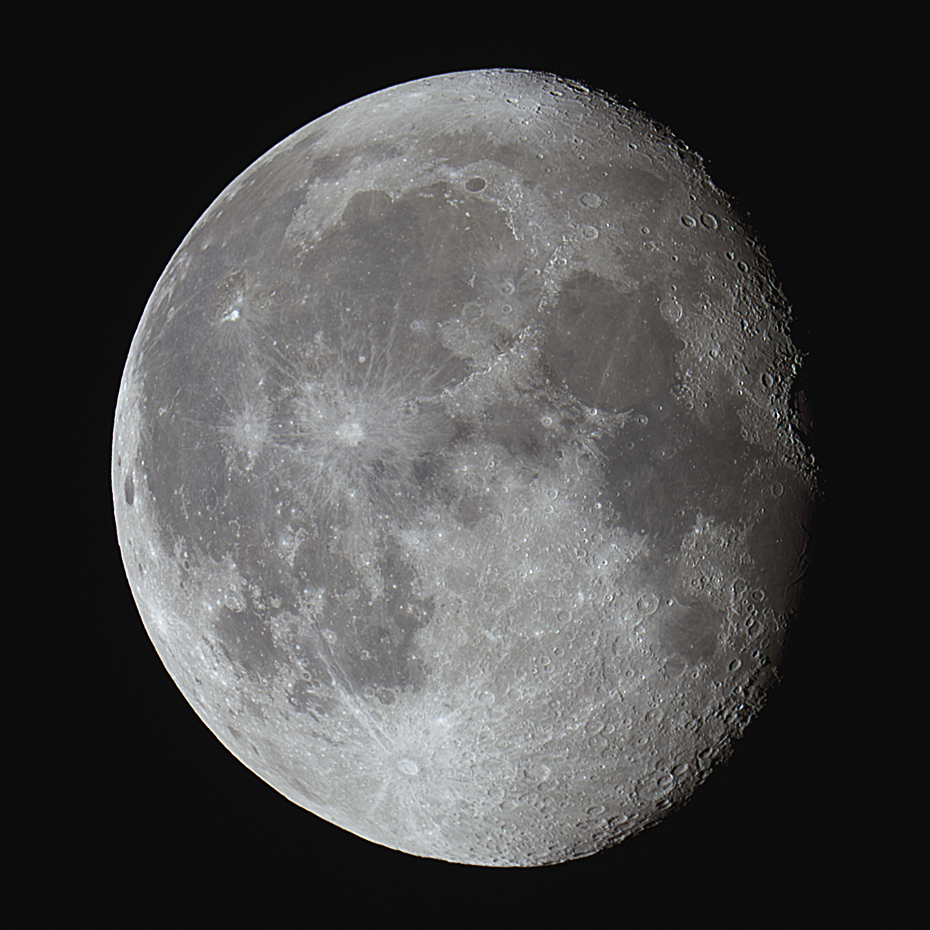
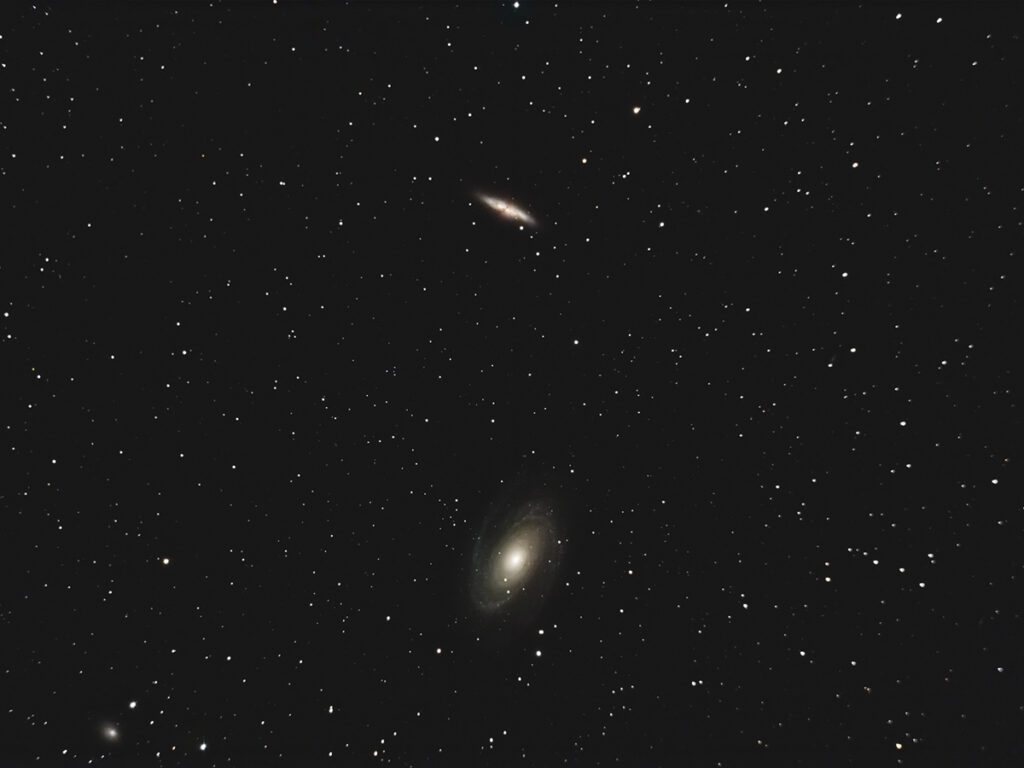
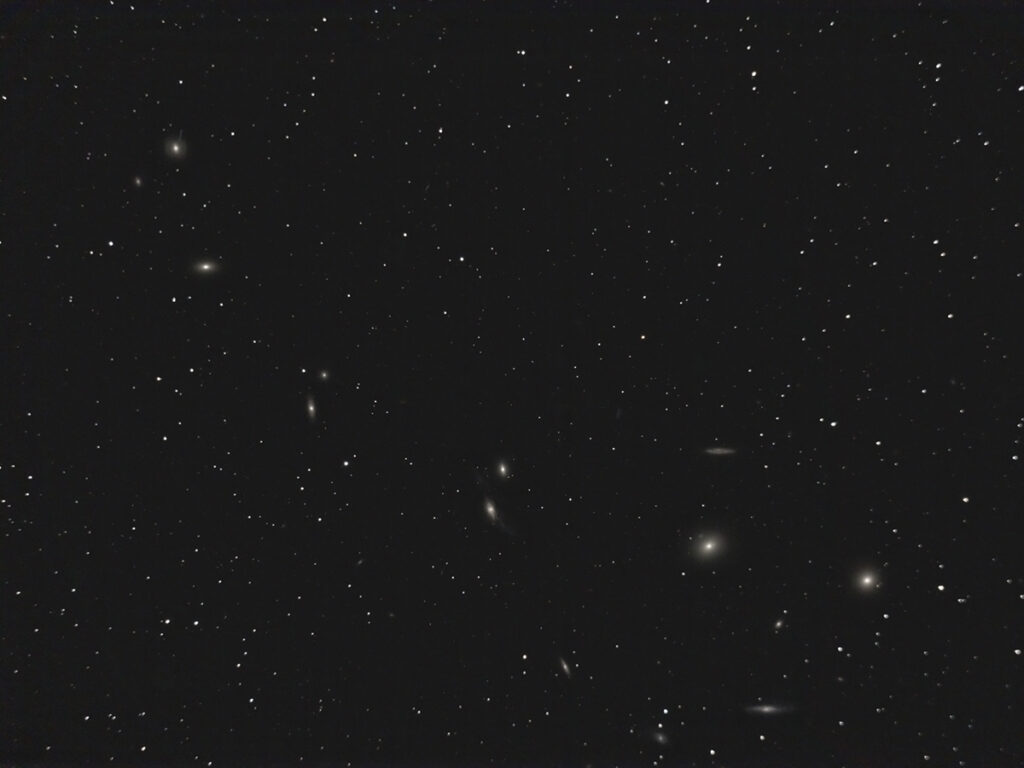
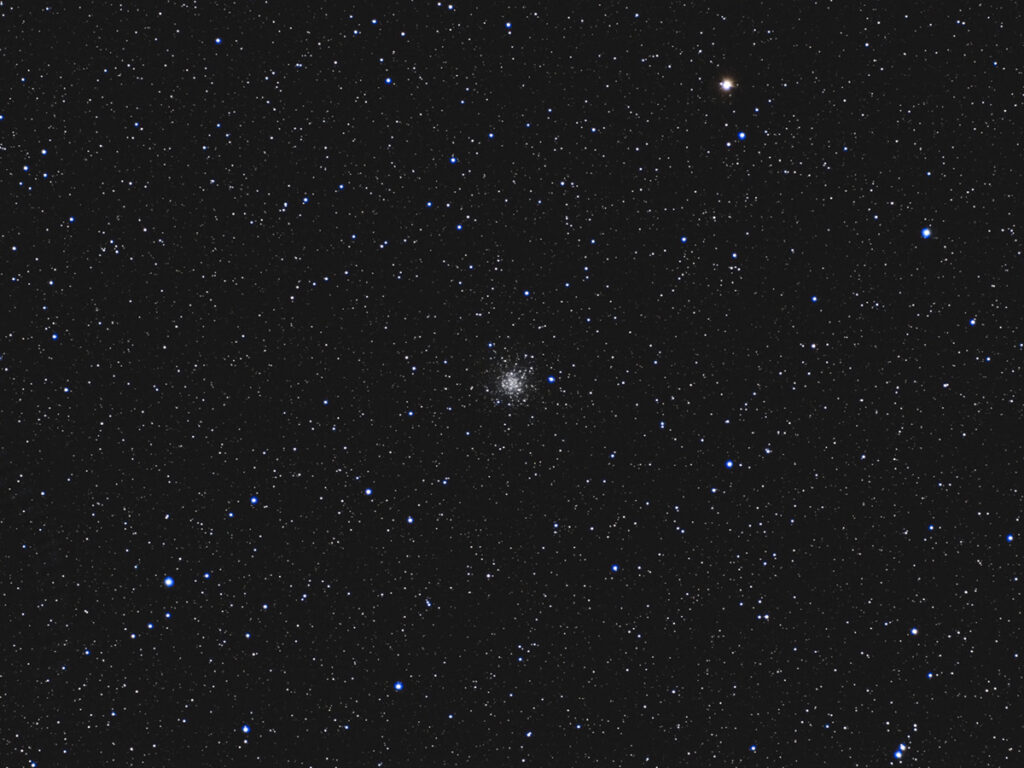
Recent Comments